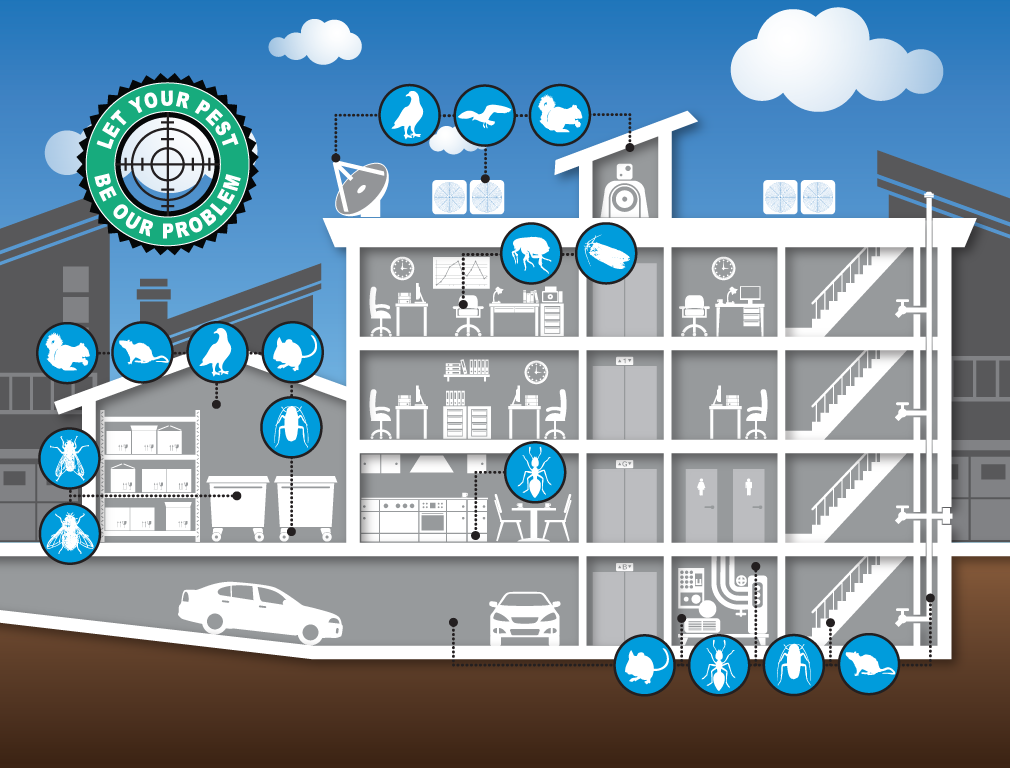Recognizing Rodent Actions: Specialist Insights For Effective Pest Control
Recognizing Rodent Actions: Specialist Insights For Effective Pest Control
Blog Article
Posted By-Pihl Stentoft
Imagine having the ability to expect the moves of your challengers in a video game of chess, always remaining one step in advance.
Worldwide of bug control, recognizing rodent habits resembles having that calculated benefit. By gaining expert insights right into the nesting habits, feeding patterns, and communication and social habits of rats, you can properly fight these pesky creatures.
Yet how precisely do rodents act, and why is it important to understand? In this conversation, we will certainly unravel the secrets of rodent behavior, supplying you with beneficial understanding that will certainly assist you remain ahead in the fight against bugs.
Are you ready to reveal the keys of these shrewd animals?
Nesting Habits
To comprehend rodent behavior and efficiently control insects, it is essential to obtain insight into their nesting practices.
Rats, such as computer mice and rats, have a natural reaction to locate sanctuary and develop nests where they really feel secure and safe. These nests serve as their homes, reproducing grounds, and storage space areas for food. Understanding their nesting routines can help you determine potential locations of invasion and apply targeted control actions.
home fumigation cost like nesting in dark, remote rooms, such as attic rooms, basements, crawl spaces, and wall gaps. https://howweremoveratsfromhome74051.blogolenta.com/22714414/a-comprehensive-manual-for-selecting-the-appropriate-pest-control-company make use of materials like shredded paper, textile, insulation, and even chewed-up electrical cables to construct their nests.
Feeding Patterns
Rats show distinct feeding patterns that play an essential duty in their habits and can inform reliable pest control techniques. Recognizing these patterns is necessary for implementing effective pest control actions.
Rats are opportunistic feeders, meaning they'll consume whatever food is readily offered. They prefer high-calorie foods such as grains, nuts, and seeds. This is why correct storage of food and waste monitoring are critical in stopping rodent problems.
Furthermore, white termites are nighttime, which indicates they're most energetic throughout the evening when they search for food. By recognizing their feeding patterns, you can tactically put traps and lures to optimize their efficiency.
Maintaining food sources hard to reach and preserving a clean setting can help hinder rodents and reduce the danger of infestation.
Communication and Social Habits
Comprehending just how rodents interact and communicate socially is vital for efficient bug control strategies. Rodents, like mice and rats, have complex communication systems that they utilize to communicate info to each various other and collaborate their activities. Right here are three vital facets of rodent interaction and social habits:
1. Articulations: Rats produce a variety of singing audios, consisting of squeaks, chirps, and babbling, to interact with each other. These articulations can convey various messages, such as danger cautions or mating calls.
2. Scent noting: Rodents utilize scent glands to leave chemical signals on things and in their environment. These scent marks act as territorial limits and communicate info about reproductive condition, prominence, and social association.
3. Social hierarchy: Rodents have a hierarchical social structure, with leading people having accessibility to sources and chosen nesting sites. Understanding this power structure is essential for targeting bug control efforts and recognizing key people for removal.
Verdict
So, there you have it - a brief peek into the remarkable world of rodent actions. By recognizing their nesting practices, feeding patterns, and communication, we can better take on the problem of parasite control.
Did you know that a women mouse can create up to 10 clutters annually, with each trash containing around 5-6 puppies? This astonishing statistic highlights the value of punctual and reliable bug management to prevent rodent populations from spiraling uncontrollable.
